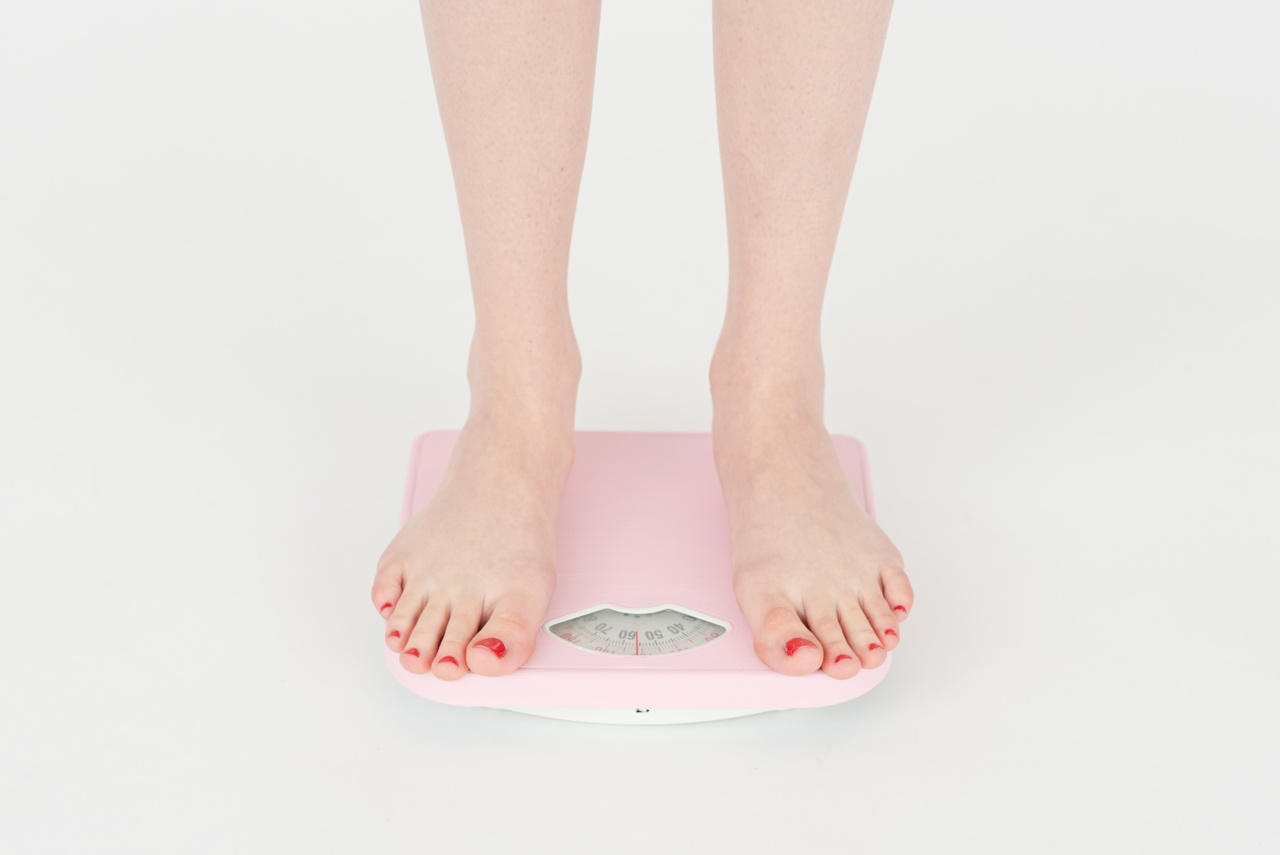When it comes to managing kidney diseases, having accurate and timely information is crucial. One vital tool that can greatly assist in this process is a pressure gauge.
A pressure gauge measures and monitors blood pressure, a key indicator of kidney health. By regularly monitoring blood pressure levels, healthcare professionals can diagnose and manage kidney diseases more effectively, preventing further complications and improving patient outcomes.
The Importance of Monitoring Blood Pressure in Kidney Diseases
Kidneys play a critical role in regulating blood pressure. When kidney function is impaired, blood pressure can often rise to dangerous levels.
Persistent high blood pressure, also known as hypertension, can further damage the kidneys, leading to a vicious cycle of declining kidney function and worsening hypertension.
High blood pressure puts excessive pressure on the arteries, causing them to narrow and harden. This, in turn, reduces blood flow to the kidneys, impairing their ability to filter waste products and maintain fluid and electrolyte balance.
As a result, toxins build up in the body and fluid regulation becomes disturbed, leading to swelling, fatigue, and other symptoms characteristic of kidney diseases.
By monitoring blood pressure using a pressure gauge, healthcare professionals can identify and intervene in the early stages of kidney diseases.
Catching elevated blood pressure promptly allows for timely treatment and lifestyle modifications, minimizing the risk of further kidney damage.
Types of Pressure Gauges Used in Managing Kidney Diseases
There are various types of pressure gauges utilized in healthcare settings for monitoring blood pressure levels in patients with kidney diseases. These include:.
1. Mercury Sphygmomanometers
Mercury sphygmomanometers have been the gold standard for blood pressure measurement for many years. They consist of a mercury column in a glass tube, with pressure measured in millimeters of mercury (mmHg).
Although accurate, these gauges are being phased out due to potential environmental and health hazards associated with mercury.
2. Aneroid Sphygmomanometers
Aneroid sphygmomanometers are the most commonly used non-mercury alternative to measure blood pressure. They rely on a mechanical pressure gauge and a cuff inflated manually with a bulb.
A needle on the gauge indicates the pressure exerted on the cuff, providing systolic and diastolic blood pressure readings.
3. Digital Blood Pressure Monitors
Digital blood pressure monitors are increasingly popular due to their ease of use and convenient features. These monitors use electronic sensors and an inflatable cuff to measure blood pressure.
Results are displayed digitally, making them easier to read and interpret. Some digital monitors even have memory functions, allowing patients to track their blood pressure trends over time.
Benefits of Using a Pressure Gauge in Managing Kidney Diseases
Using a pressure gauge to monitor blood pressure in patients with kidney diseases offers several key benefits:.
1. Early Detection of Kidney Disease
Regular blood pressure monitoring provides early detection of kidney disease. Elevated blood pressure can be an early sign of kidney damage, allowing healthcare professionals to intervene promptly and implement appropriate treatment plans.
2. Assessment of Hypertension Management
For individuals with existing kidney diseases, managing hypertension is essential to prevent further kidney damage.
A pressure gauge helps assess the effectiveness of prescribed medications and lifestyle modifications, enabling healthcare professionals to make necessary adjustments to the treatment plan.
3. Tailoring Treatment Plans
Individuals with kidney diseases often have specific blood pressure targets based on their overall health and the severity of their condition.
Monitoring blood pressure with a pressure gauge helps healthcare professionals tailor treatment plans according to these targets, optimizing patient care and outcomes.
4. Tracking Progress and Disease Management
Regular blood pressure measurements with a pressure gauge allow for tracking the progression of kidney diseases.
By comparing blood pressure readings over time, healthcare professionals can assess disease management, make adjustments to treatment plans, and evaluate the effectiveness of interventions.
5. Empowering Patients
Investing in a home blood pressure gauge empowers patients with kidney diseases to actively participate in their own care.
Patients can monitor their blood pressure regularly and communicate any changes or concerns to their healthcare team, facilitating better disease management.
How to Use a Pressure Gauge for Blood Pressure Monitoring
Proper usage of a pressure gauge ensures accurate blood pressure measurements. Here’s a step-by-step guide on how to use a pressure gauge for blood pressure monitoring:.
1. Prepare the Equipment
Ensure that the pressure gauge and cuff are in good working condition. Check for any visible damage or defects. Make sure the cuff size is appropriate for the patient’s arm circumference.
2. Position the Patient
Have the patient sit in a comfortable chair with feet flat on the floor and back supported. The arm to be measured should be resting at heart level, palm facing upwards.
3. Apply the Cuff
Wrap the deflated cuff around the upper arm, just above the elbow. The cuff’s bottom edge should be about an inch above the elbow crease. Secure the cuff snugly but not too tight, leaving room for two fingers to fit underneath.
4. Palpate the Brachial Artery
Locate the brachial artery on the inner side of the arm, below the cuff. Use your fingertips to find the artery’s pulse.
5. Inflate the Cuff
Close the valve on the bulb and begin pumping air into the cuff, using steady and smooth squeezes. Inflate the cuff until the pressure is about 30 mmHg above the point where the radial pulse disappears.
6. Deflate the Cuff
Slowly release the pressure in the cuff by opening the valve on the bulb. Observe the gauge while releasing the air.
7. Read and Record the Measurements
As the pressure decreases, listen for the first sound using a stethoscope placed over the brachial artery. Note the pressure reading on the gauge when the sound is first heard (systolic blood pressure).
Continue to deflate the cuff until the sound disappears (diastolic blood pressure) and record the measurement.
Conclusion
A pressure gauge plays a vital role in monitoring blood pressure, especially in the context of managing kidney diseases.
By regularly measuring blood pressure levels, healthcare professionals can detect kidney damage early, assess the effectiveness of hypertension management, tailor treatment plans, track disease progress, and empower patients to actively participate in their care. Proper usage of a pressure gauge ensures accurate measurements, leading to improved patient outcomes and a better quality of life for individuals with kidney diseases.





























